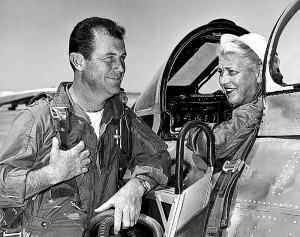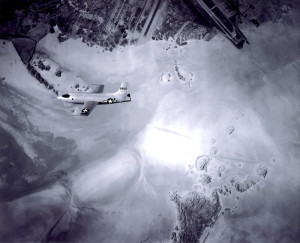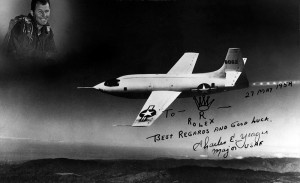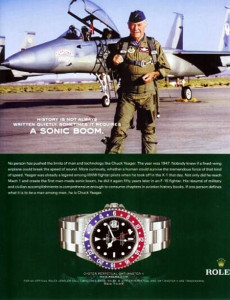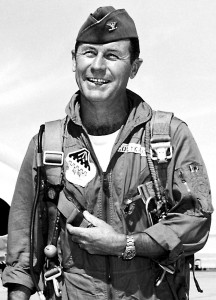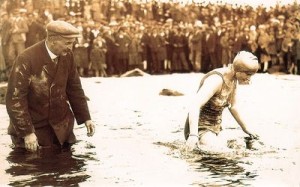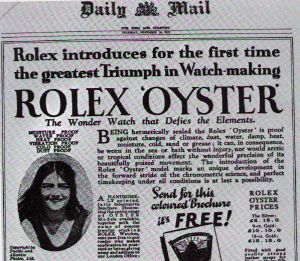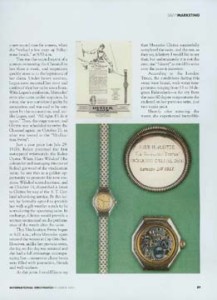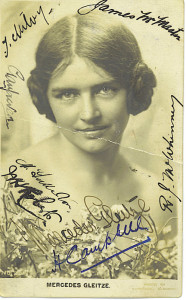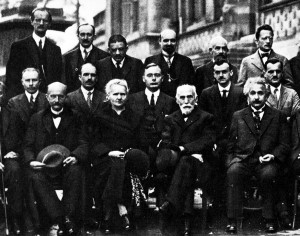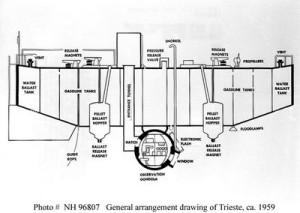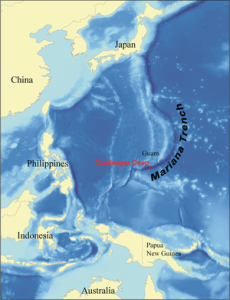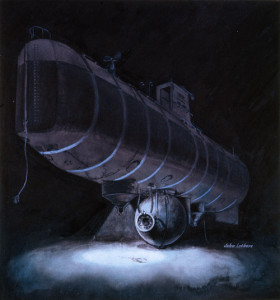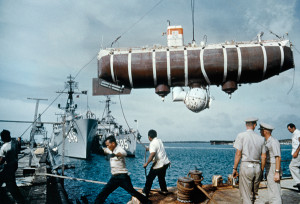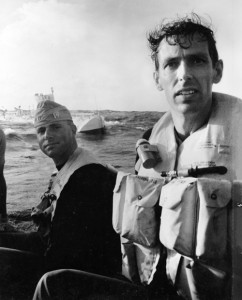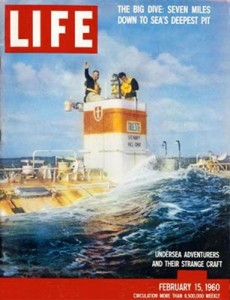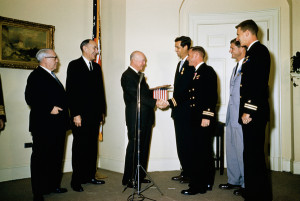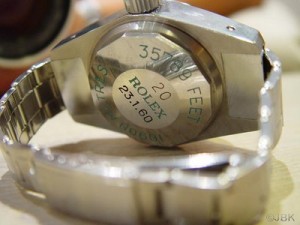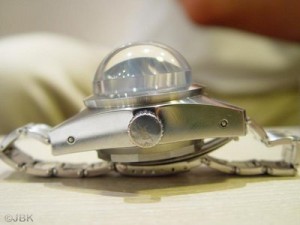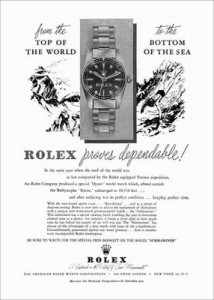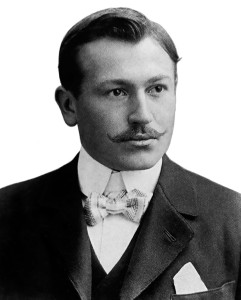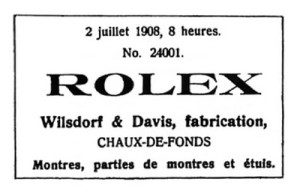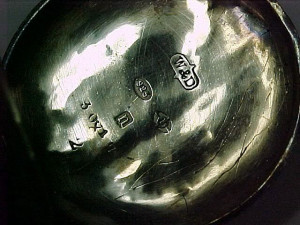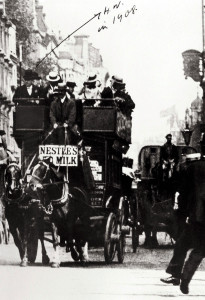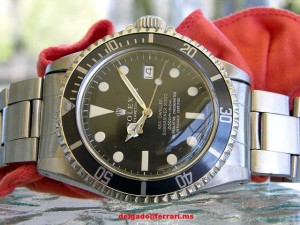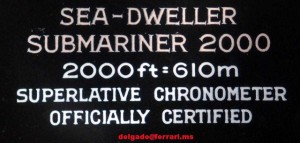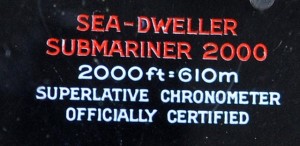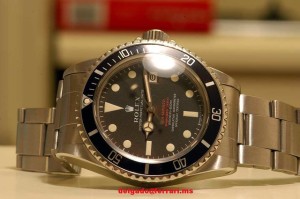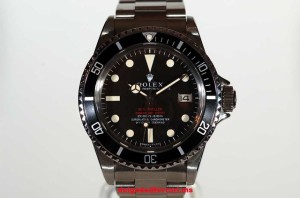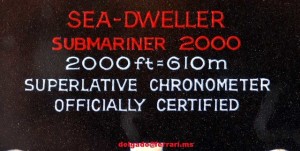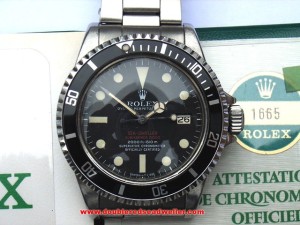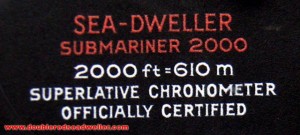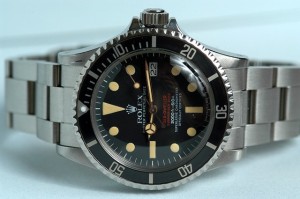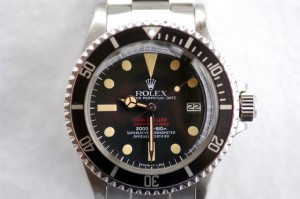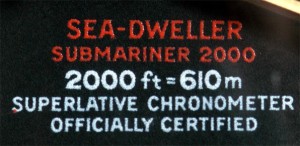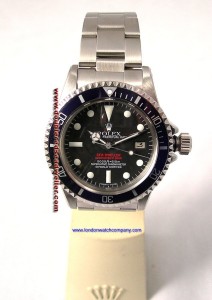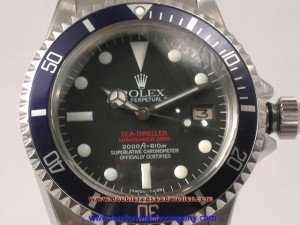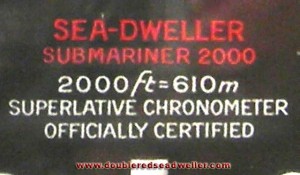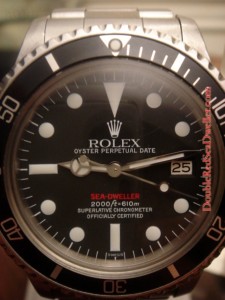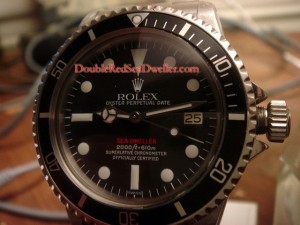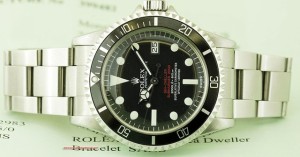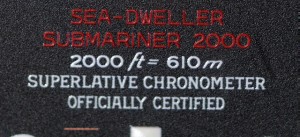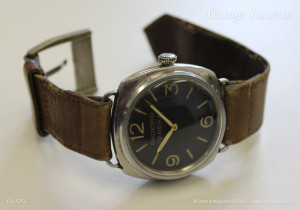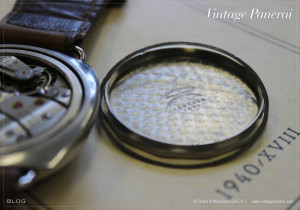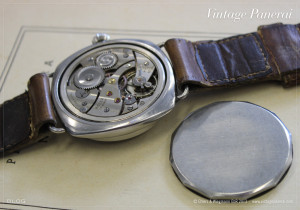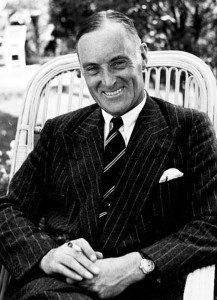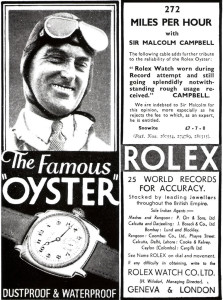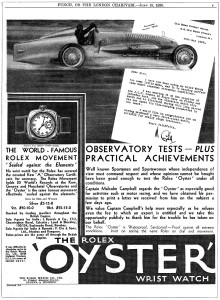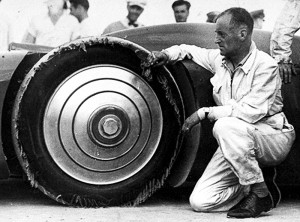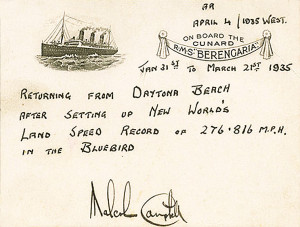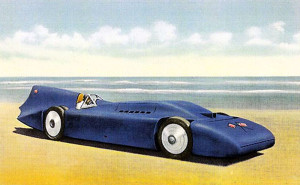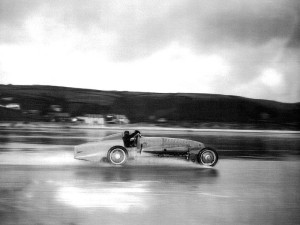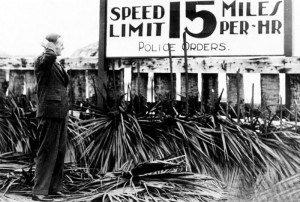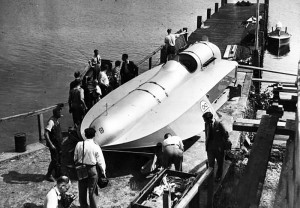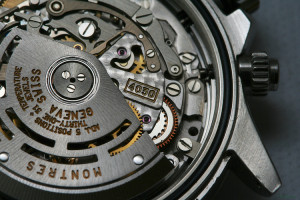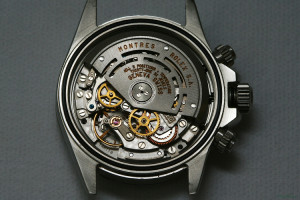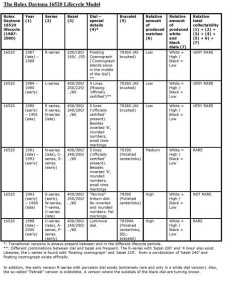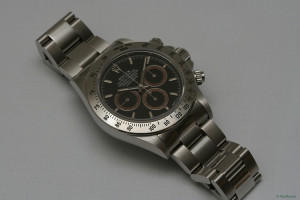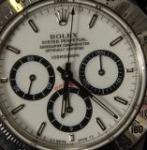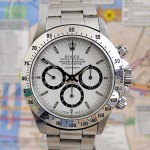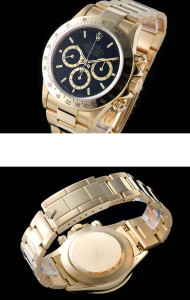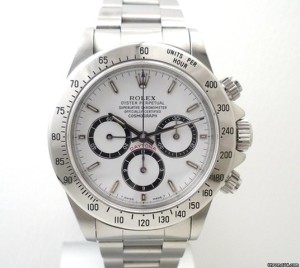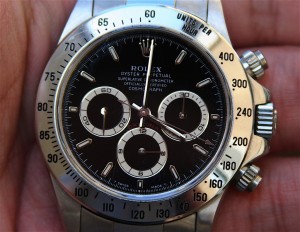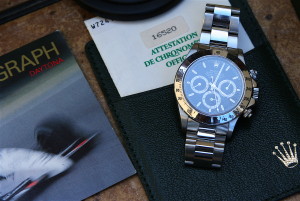Chuck Yeager: no flight without a Rolex
Pic.: Air Force Brigadier General Charles E. “Chuck” Yeager with a Rolex Submariner ref. 6538
General Yeager was born on the 13th of February 1923 in Myra, West Virginia. In 1939 he applied for the Citizens Military Training Camp in Fort Benjamin Harrison and starting the 12th of September 1941 he was part of the Army Corps. In July 1942 he started his pilot training of the flying sergeant program and in March 1943 he received his pilot wings and became a flight officer in Luke Field, Arizona.
As of the 7th of December 1941 the US was pulled into WOII and Yeager took part in it in the 363d Fighter Squadron in Tonopah, Nevada, as a P-39 pilot. In November 1942 he was transfered to Leiston, Suffolk (UK), to start fighting against the Germans as a P-51 pilot. After shooting a ME-109 and a HE-111K on his 8th mission (5th of March 1944) he was shot down himself above occupied France. Thanks to the Maquis (guerilla units of the French resistence, the Resistance) Yeager got away safely to Spain.
After his return to the UK in the summer of 1944 his superiors didn’t want him to fly above occupied territory because he might get shot again and they were afraid that he could fall into the hands of the Gestapo; if he broke under investigation he might give away sensitive information about the Maquis. Yeager fully disagreed and said: “I don’t want to leave my buddies after only eight missions. It just isn’t right. I have a lot of fighting left to do”.
In the end General Dwight D. Eisenhower himself gave him the green light and Yeager went on to fly another 56 missions in which he shot down 11 German warplanes.
In 1945 Yeager returned to the US and through test projects with the P-80 ‘Shooting Star’ and the P-84 ‘Thunderjet’ he got involved in the development of the Bell X-1, the first rocket propelled airplane. The X-1 was stationed at Muroc (now called Edwards Air Force Base) in California. Airbase Muroc was named after the little town of Muroc, founded by the Corum brothers in the beginning of the 20th century.
Pic.: Chuck Yeager in 1947 with a Rolex Oyster
On the 14th of October 1947 General Yeager was the first pilot to break through the sound barrier, flying the Bell X-1 with a speed of Mach 1.07 (670 mph). In the following two years flew another 33 times with the X-1, achieving a topspeed of Mach 1.45 (957 mph) at a height of 70.000 feet.
In December 1953 Yeager flew with the Bell X-1A at a speed of Mach 2.44 (1.650 mph), a record that still stands for an airplane with straight wings.
Pic.: General Chuck Yeager in the Bell X-1 on his way to breaking the sound barrier
Pic.: the postcard Yeager sent to Rolex to thank them for the perfectly working wrist watch
In his whole carrier as a pilot Yeager has always worn Rolex watches (Oyster, Submariner, GMT Master II) and they have never let him down.
Also during the very hairy moment he experienced on the 10th of December 1963. He flew at a height of 104.000 feet (almost 21 miles) in the Lockheed NF-104 when the rocket engine stopped working. Without hydraulic pressure the whole dashboard seized to work and the plane was out of control. Yeager tried to restart the engine but it was completely burnt. The aircraft made 14 complete flat spins on it’s way to the desert Yeager flew above. It was not until the last spin that Yeager ejected himself from the plane at a height of 8.500 feet. The chair went through his visor and he got hot rocket lava in his face. The lava made the oxygen in his pressure suit start to burn and his face was in a sort of inferno. Luckily Yeager managed to open the existing parts of his visor which made the flames to stop.
After a safe touchdown in the desert Yeager realised that he had been very lucky. The rocket lava had burnt the ropes of his parachute to such an extend that they broke in his hand while folding up his parachute.
General Yeager has flown in 201 types of military airplanes and has more than 14.000 flight hours to his name, 13.000 of which in fighter airplanes. Recently he has flown the SR-71 Blackbird, F-15, F-16, F-18 and the F-20 Tigershark.
On the first of March 1975 General Yeager ended his carrier with the US Air Force. Through the years he has received many decorations and medals, both military as civil.
Chuck Yeager was married to Glennis Faye Dickhouse from Grass Valley, California. Unfortunately she passed away on December 1990. They have 2 daughters, Sharon and Susan, and 2 sons, Donald and Michael.
Pic.: advertisement with General Chuck Yeager for the Rolex GMT Master II
Afb.: Chuck Yeager with a Big Crown Rolex Submariner ref.6538
Jaap Bakker

